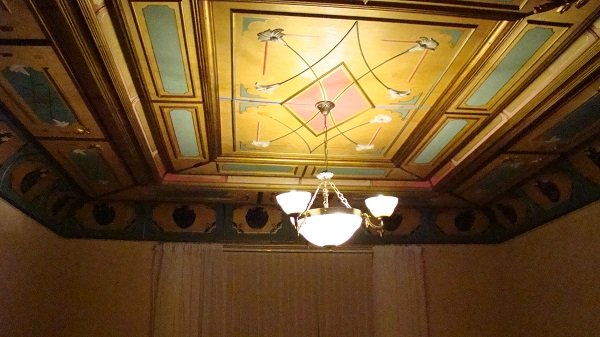Art Nouveau (a.k.a. Jugend style) architecture prevailed in Europe of 1880s-1910s. It was an antithesis to other styles that merely copied the past. Instead of re-using old columns and Antiquity-inspired sculptures, art nouveau used elements such as curved lines, geometric patterns, images of plants and images from local mythology to create extremely elaborate yet still modern (for the time) facades.
Latvia saw its most rapid urbanization in the same era of art nouveau. Therefore Latvian cities became a great repository of art nouveau architecture while Riga is usually considered an unparalleled gem of art nouveau. The elaborate facades of these buildings are favorites for tourists to snap images of and there is even an Art Nouveau museum.
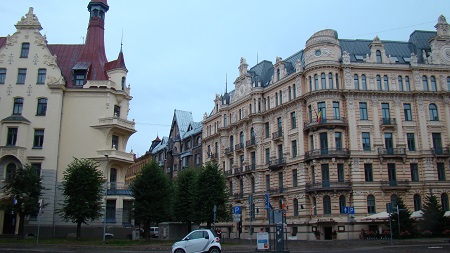
Interiors of art nouveau buildings are no less elaborate than their exteriors. Even apartment ceilings may be painted rather than white, while entrance halls and staircases are considered the pride of the building and therefore are often especially opulent.
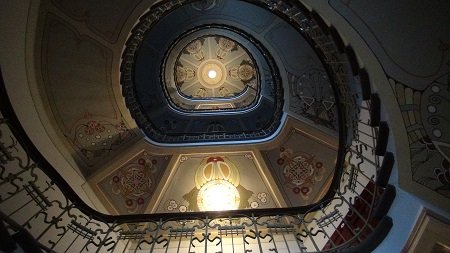
Most art nouveau buildings of Latvia are quite large, 4 to 6 floors tall. Most of them are apartment blocks ordered by rich owners to house all the people that were flocking into cities.
In Riga, art nouveau buildings are so numerous that they are divided into four sub-styles.
Eclectic decorative art nouveau still use the Historicist proportions with building facades divided by lines into floors. However, elements “loaned” from history are partly replaced by new art nouveau elements (plants, patterns, curved lines).
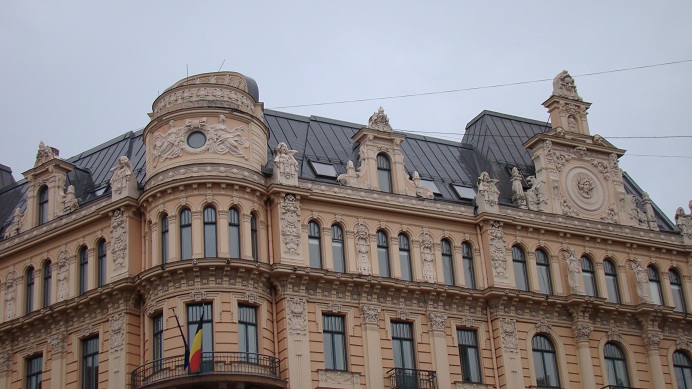
Perpendicular art nouveau have their facades divided by vertical rather than horizontal lines. Such aesthetics were new at the time and somewhat similar to American skyscrapers. While Latvian art nouveau buildings were much smaller in size, they were still larger than anything secular built in Latvia before. ~1/3rd of Riga’s art nouveau buildings belong this substyle.
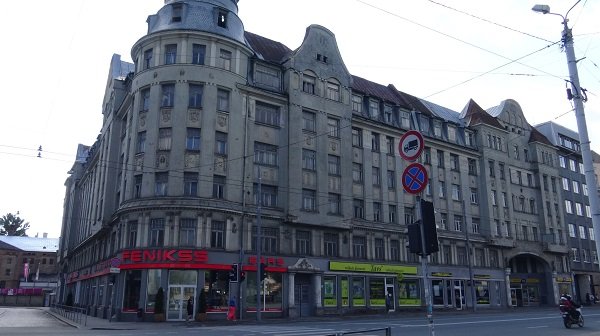
Romanticized Renaissance Art Nouveau was somewhere in between the above two styles, with more vertical orientation but still looking into history for inspirations and general ideas for forms.
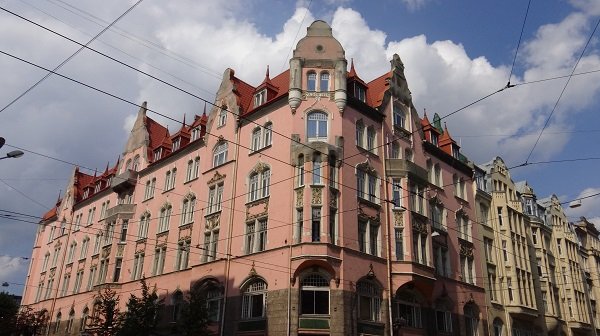
National romantic art nouveau (1905-1915) is the ultimately Latvian art-nouveau sub-style. It incorporated Latvian ethnic patterns and mythological figures into building designs and used tall gabled roofs akin to vernacular Latvian architecture. This was the time of Latvian national revival whereby Latvians were collecting and reinventing their songs, literature and other arts. National romantic art nouveau is thus a modern form of ethnic Latvian architecture. Giving large numbers of such buildings in Riga, it is not only unique but also prominent, making Latvians one of the few nations to have had its own widespread “ethnic architectural style” as late as 20th century. Unlike the other forms of Art Nouveau, the facades of national romantic style have neither horizontal nor vertical lines.
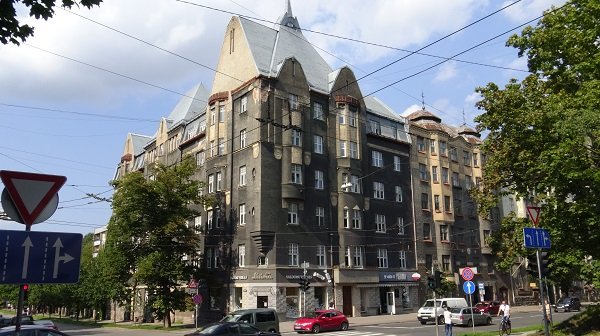
Some National Romantic Art Nouveau buildings were, however, more German in nature. They used details taken out of Medieval German architecture, such as a stylized wooden frame. Even though Latvians became the most numerous ethnic group in cities ~1900 and increasing numbers of key architects were Latvians, Latvia’s Germans still wielded a considerable influence and many of the buildings of the era were funded by Germans.
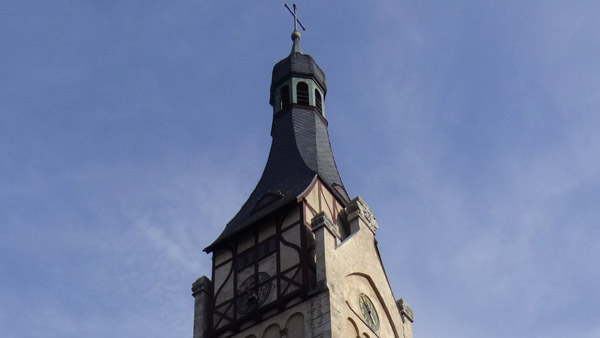
While most Art Nouveau buildings were built of brick and rather large, a unique sub-style of them were wooden summer homes that became common in seaside resorts and seaside districts of large cities. Often constructed as second homes of rich families, they used wood to form elaborate external decorations as well as romanticized towers.
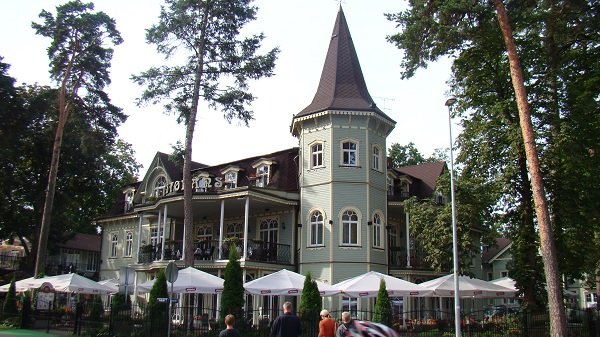
Art Nouveau came to abrupt end with World War 1 and for a long time afterward suffered negative opinions about it as many people associated it with the “decadence of the imperialism era”. Such attitudes continued under the Soviet occupation, when the buildings were nationalized and the larger apartments made communal (with each family being allocated a room), leading to severe damage to many interiors. Today, however, Art Nouveau considered a gem of Latvia.
